The first cookbook I bought was for children, purchased at a book fair in my primary school. I was 9 years old. My favourite recipe from that book was an orange cake which I baked several times. I hope that this old book resurfaces somewhere, someday in my Singapore home.
I probably chose to buy a cookbook at that fair because my mother loved collecting them. When my principal checked out my purchase, she remarked, “Just like her mother.” In fact, my mother spent many late afternoons flipping through cookbook pages to admire the food photos. She could probably decipher the ingredient spelling and measurements visually. At times, she would call someone over to read them out loud just to confirm that her hunch was right. Other times, she might ask us to read the whole recipe just to compare it against hers (in her head), nodding if there were similarities, or exclaiming “Tak sepekah” if it didn’t make sense.
When I moved to Hong Kong, my mother gifted me with a small book to guide me through my home cooking. It was a reciprocal gesture for all the Mother’s Day, birthday and Christmas gifts of new cookbooks which I would shower her with. While I no longer clearly recall what exactly I got for her, I still have her stack of Her World and Female annual recipe compilations, and Asian books by Terry Tan, Dorothy Ng, Betty Saw and Cecilia Tan. Perhaps, a few of them were my presents to her.
These classics proved to be valuable sources that I referenced in piecing together my mother’s fragmented recipes for my cookbook memoir “Growing Up in a Nonya Kitchen”. Working on this project for a decade gave birth to a plethora of cookbooks on my shelves that are at once joyful, burdensome, helpful, senseless, frivolous, masterpieces, food porn, eloquent prose, technical, gimmicky, original, repetitive, bombastic, humble, imaginative, copycats.
What started as an acquisition of bibliography-worthy resources became an addiction that friends would marvel (at my bookshelves) or query “Why do you have more cookbooks than good clothes?”
In fact, I was constrained for space and had to expand my home. In recent years, I have had little choice but to cull and sell off or give away books that I would rather retain. I just have no space. Yet, every book means something to me and I have sometimes repurchased a book I once sold too impulsively.
Initially, I bought every single title related to Peranakan cooking, food in Singapore or Malaysia. I still do. I keep a record of what is trending, how others interpret recipes and what they write in their head notes and personal stories.
I pop into bookshops wherever I travel to and linger at the first stop, the cookbook section. A trying summer in 2021 sent me into trepidation when I passed by Waterstones or Hatchards, my regular stomping grounds in London. I broke into cold sweat just checking out the window display featuring cookbooks. Thankfully, I have since returned to those shops to look at new books, many written by authors I have become friends with.
I now gravitate towards books that aid my cooking and baking techniques. These include works from America’s Test Kitchen, Nicola Lamb (“Sift”), Christopher Tan (“The Way of Kueh”), Yeo Min (“Chinese Pastry School”) and Alice Waters whose book “The Art of Simple Food” is a pure classic.
I view cookbooks as a telescope into other cultures, just like how others view my book. I enjoy Middle Eastern titles (with gorgeous pics) such as “Thuraya” by Nadeem Mansour, “Cooking in Iran” by Najmieh Batmanglij as well as Indian classics such as “An Invitation to Indian Cooking” by Madhur Jaffrey. Lately, I’ve been curious about “emerging subjects” such as the Caribbean islands, hence “Kin” by Marie Mitchell and “Caribe” by Keshia Sekarah. By simply reading the first few chapters, you can learn so much about a country’s history, demographics and culture. This was the case for me with “Motherland” by Melissa Thompson. Others include books about Peru, Portugal, Brazil and Africa (“Africana” by Lerato Umar-Shaylor).
Pictures tell a thousand words and this is especially applicable to cookbooks. How many times have we been mesmerised by sumptuous illustrations printed on silky or textured paper stock, showstopping covers with ribbons and vibrant hues calling for attention? I buy these to articulate to my designers and publisher on what my dream cookbook should look like.
Cookbooks keep improving in quality, subject topic, clarity, innovative recipes and updated ingredient history and facts. The information in “Whispers of Cardamom” by Eleanor Ford, “Spices” by Mark Diacono, “Salt, Fat, Acid, Heat” by Samin Nosrat are relevant for me.
With migration becoming more prevalent, I am always curious about how immigrants have adapted the taste of their birth country to the new home they have settled in. One favourite is “Italian Immigrant Cooking” by Elodia Rigante, then there are books like “My Egypt” by Michael Mina or the Dutch book “Manis” by Indonesian author, Francis Kuijk.
Or for that matter, how the children of these immigrants have assimilated. Hence, “Mayumu” by Abi Balingit, “Breaking Bao” by Clarice Lam and “Mooncakes and Milk Bread” by Kristina Cho.
Once upon a time, a book published in the UK or Australia might have taken a year or two to make its debut in the US. Now, I can ship and obtain that same copy within a week by ordering online. One can conclude that in essence, cookbooks reflect the changes to our own world - tighter global interconnections, the technological sophistication that facilitates information-sharing of cross-cultural skills, ingredients and recipe ideas.
Cookbooks are here to stay and they keep getting better. They truly embody the “joy of cooking”.

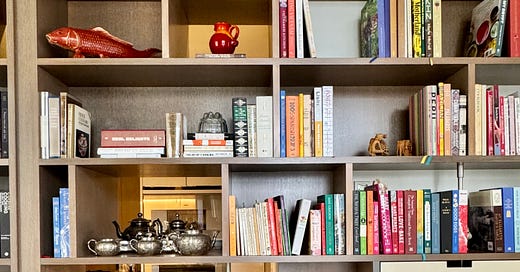



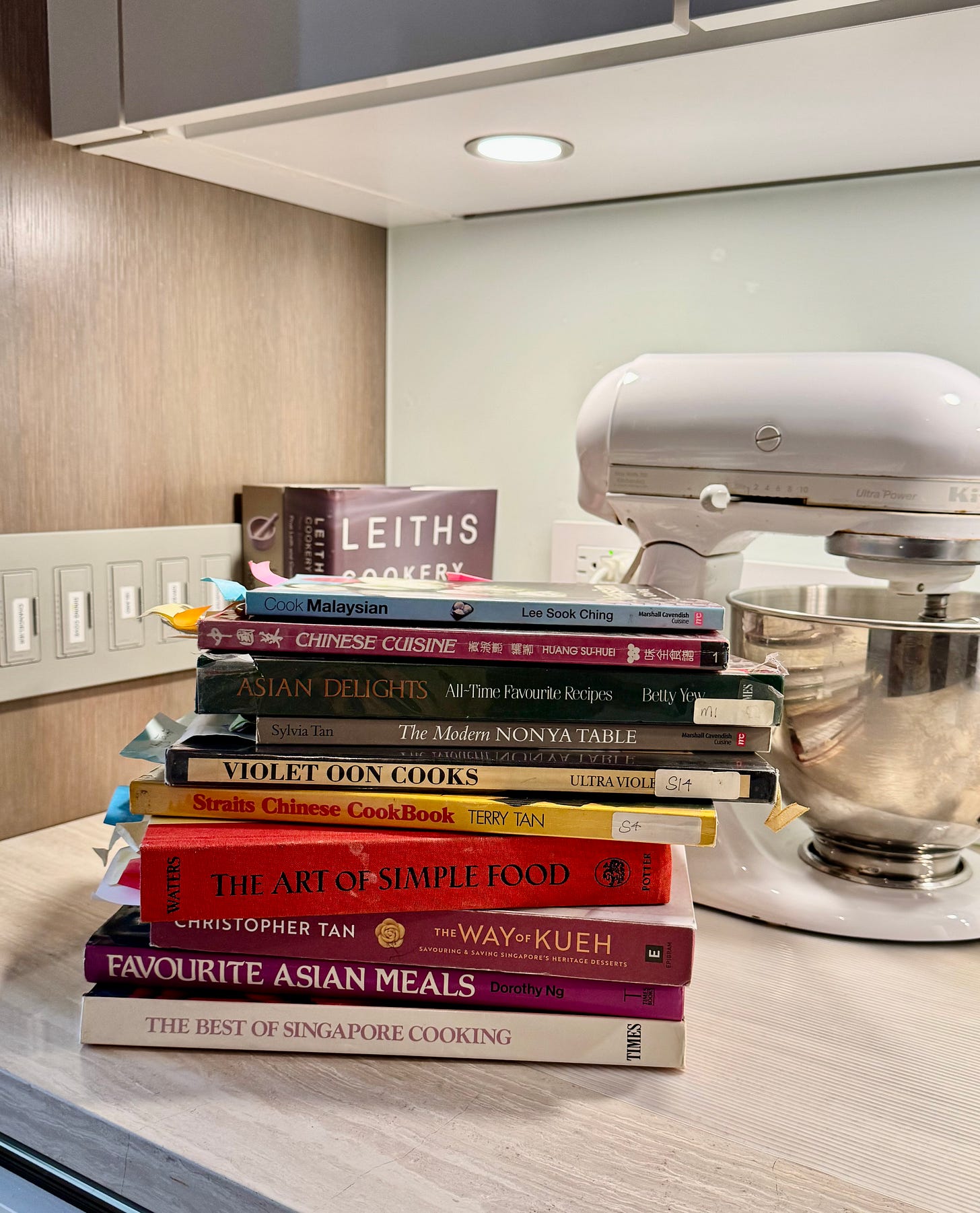

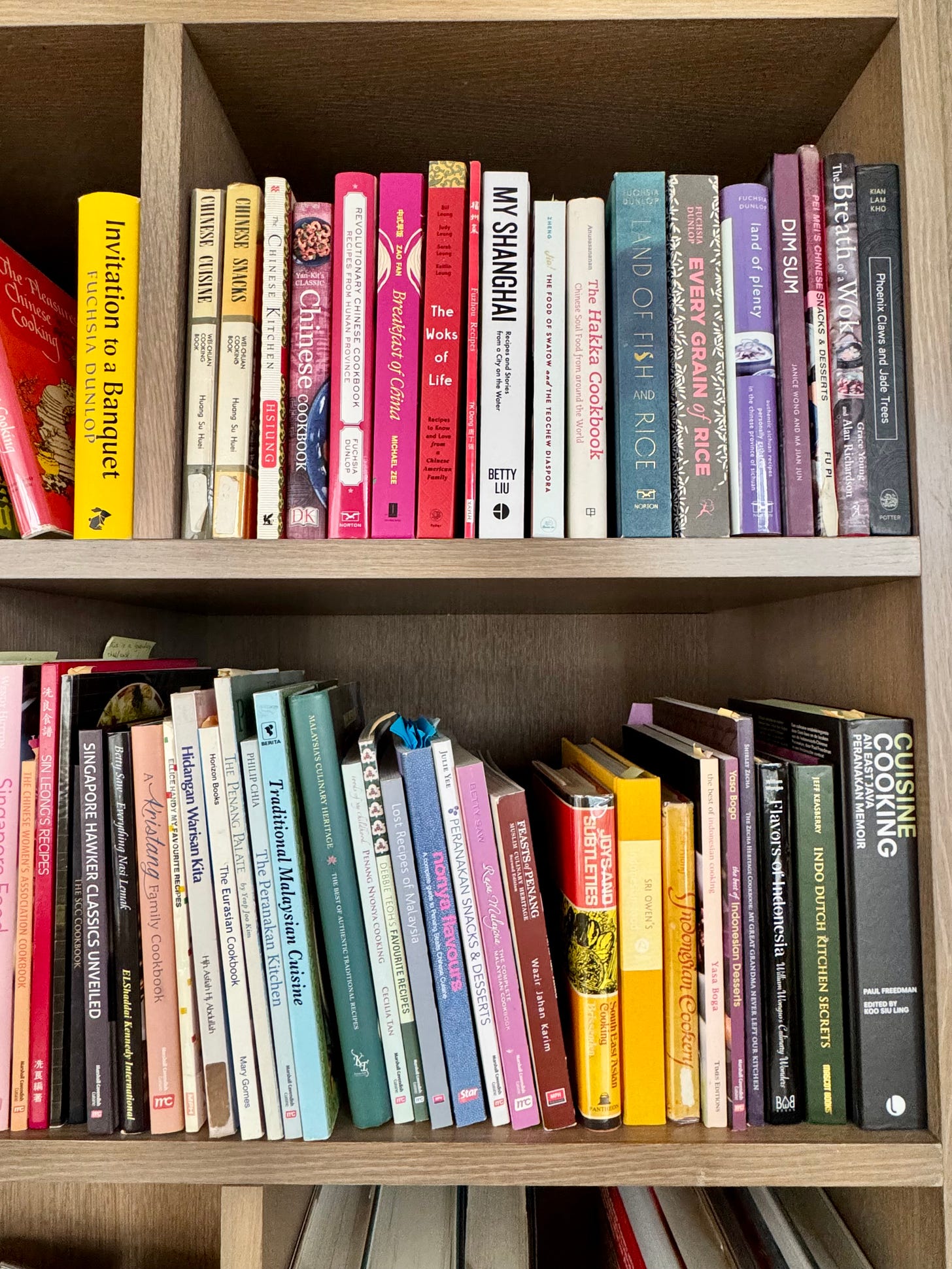
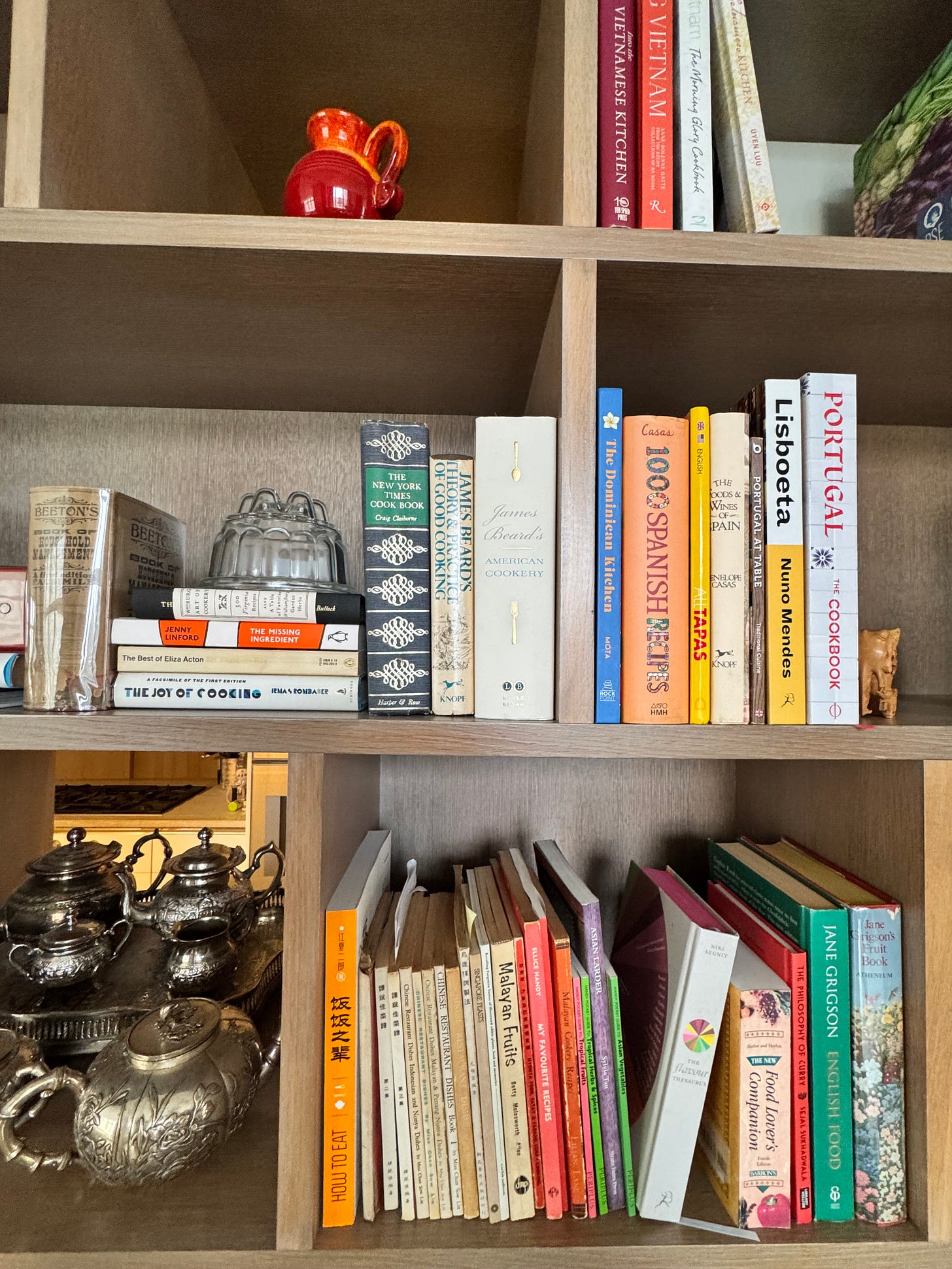
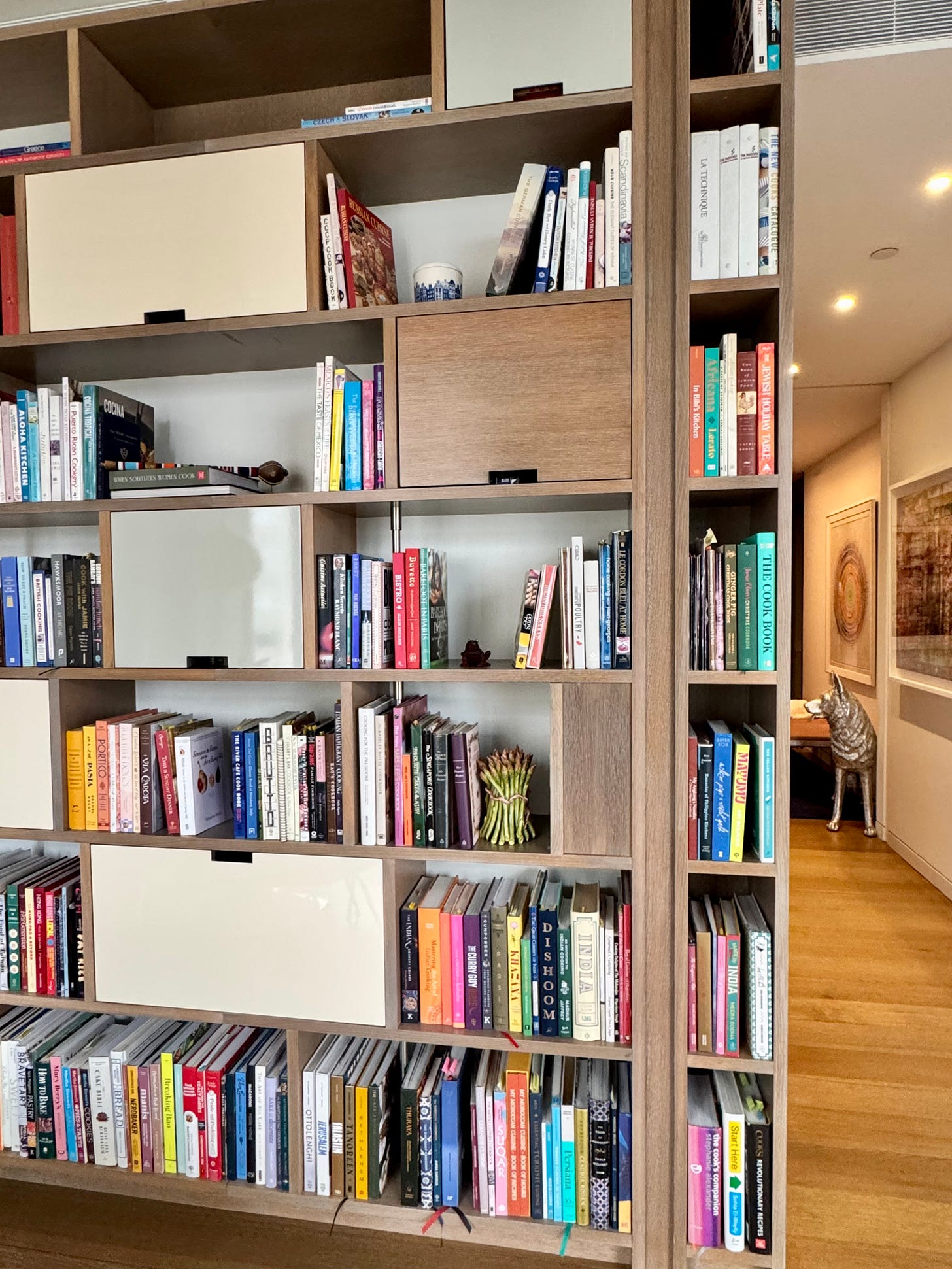

Love this. My mother took cooking classes from Dorothy Ng when we lived in Singapore in 1974-75.